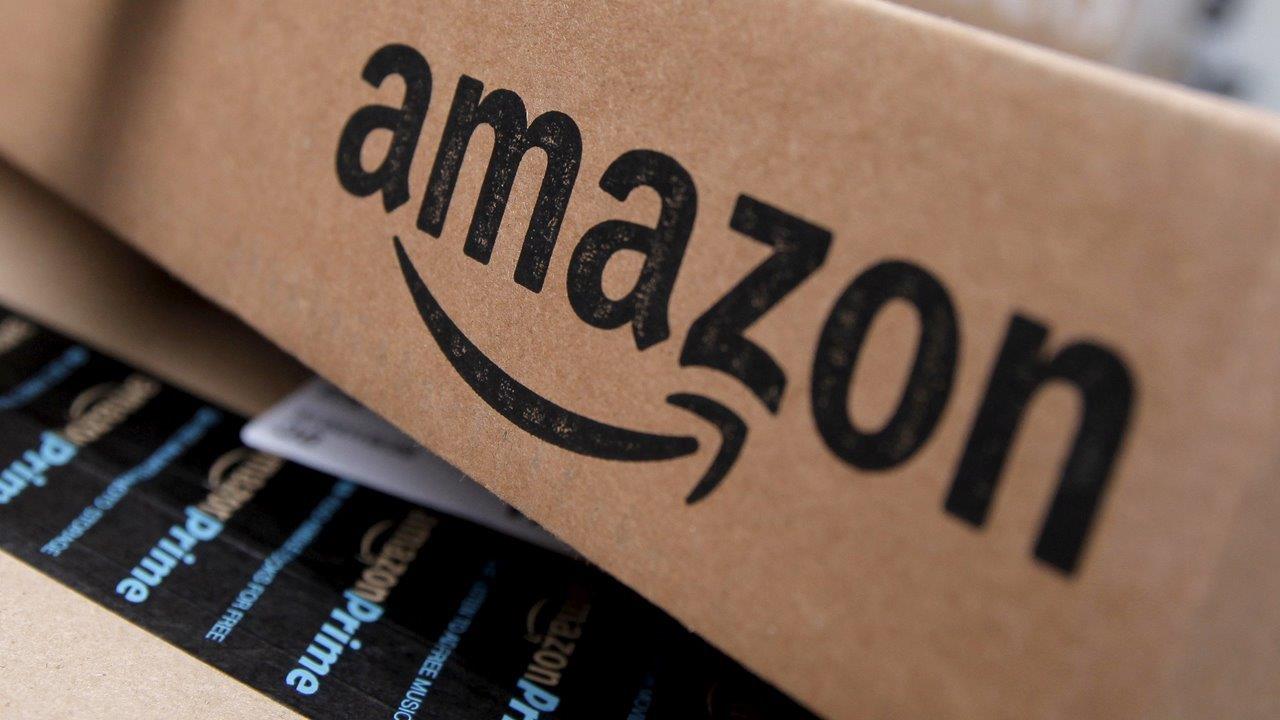Amazon to buy Whole Foods in $13.7B deal
Amazon (NASDAQ:AMZN) stormed into the world of food retail Friday with a stunning announcement it will acquire Whole Foods Market (NYSE:WFM), a move that sent shares of industry mainstays sharply lower as many fear an imminent disruption of the way consumers shop for groceries will continue to pressure margins and potentially upend existing business models.
The $475 billion e-commerce giant will snap up the struggling supermarket chain for $42 per share in an all-cash deal valued about $13.7 billion including debt.
"Whole Foods Market has been satisfying, delighting and nourishing customers for nearly four decades – they’re doing an amazing job and we want that to continue," said Amazon CEO Jeff Bezos in a statement.
Under the deal, Whole Foods will continue to operate stores under its independent brand and the company’s CEO and founder, John Mackey will remain in his position. Mackey said the partnership allows the Austin, Texas-based food retailer to continue efforts to bring high-quality foods and convince to its customers across America.
The deal, subject to approval by regulators and Whole Foods shareholders, is expected to close in the second half of this year.
News of the acquisition sent Amazon shares up nearly 3%, their biggest gain since January as Whole Foods leaped 27% in their biggest rally since 2009 to $42.35.
At the same time, data from Dow Jones showed investors wiped out roughly $55 billion form the market value of other grocery names including Walmart (NYSE:WMT), Target (NYSE:TGT), Costco (NASDAQ:COST) and Kroger (NYSE:KR), which cut its full-year earnings guidance on Thursday and added to the previous day's losses as it fell 13% Friday.
The future of food retail
Whole Foods, largely credited with igniting a large-scale shift in consumer purchasing trends to fresh and sustainably-sourced food offerings, has long been a target of takeover speculation as it continues to face mounting pressure from longtime industry players including Walmart (NYSE:WMT) and Kroger (NYSE:KR) as they aggressively move into the fresh and organic food space.
In the most recent quarter, Whole Foods booked adjusted earnings of 37 cents a share on revenue of $3.72 billion as sales at stores open at least a year fell 2.8% while transactions declined 3%.
In April, activist investor Jana Partners disclosed a nearly 9% stake in Whole Foods as it outlined a number of problems fueling what it called “chronic underperformance” at the chain, though it said it would not try to be part of a merger or sale of the company. As a defensive move in early May, Whole Foods unveiled a board shakeup of its own and provided an update on its turnaround strategy aimed at overhauling its purchasing program and category management, while also accelerating the rollout of a customer loyalty program.
Though much uncertainty remains about what exactly Amazon will do with Whole Foods once the acquisition is completed, CFRA equity analyst Joe Agnese said the deal is great for Whole Foods, which has been trying to combat margin pressure amid intense competition.
“Getting a valuation a third above where they have historically traded is a good deal. For the industry as a whole, having Amazon in the retail food industry means greater competition…having this big, new competitor operating stores will increase the risk [for other names] going forward,” he said.
Amazon’s decision to buy Whole Foods comes amid an aggressive price war with Walmart as both companies seek to attract consumers hunting for the best prices on an array of goods online. With its purchase of Jet.com last year, Walmart substantially bolstered its e-commerce presence and expanded distribution capabilities at its superstores – which offer customers the full-scale grocery-buying experience and arguably have helped the company keep a competitive advantage over its chief rival’s AmazonFresh service.
Now, that’s all about to change.
“This is huge strategic news for Amazon and demonstrates they’re serious about the grocery space,” said Michael Pachter, managing director of Wedbush equity research. “It should not be looked at as an expansion of Amazon’s retail capability but an expansion of Amazon’s distribution capability. Look at is as adding 460 refrigerated distribution centers with skilled staff that knows how to cut meat in the right cuts, keep produce fresh and looking beautiful.”
Amazon Fresh, available in 21 metro areas in the U.S. as well as London and Tokyo, allows customers to fill their online baskets with a range of food offerings from fresh fruit to prepared meals and reserve a delivery time for the same day or the next morning. Having Whole Foods on their side, Amazon could turn that service into a much bigger disruptor for the fresh food-delivery space, Pachter said.
“[Whole Foods] is pretty close to every major metro area. That ability to deliver means that Prime Fresh becomes a real option for 80% of the population where it wasn’t before,” he said.
Still, Whole Foods store fleet is significantly smaller than those of big-name competitors like Walmart and Kroger, which not only have thousands of stores all over the country, but also offer a wider array of product assortments. Agnese said that could be a differentiator for a while, but with the overlap between the Whole Foods and Amazon customer base, the biggest fear is together the companies will significantly reduce prices on their higher-quality goods, drawing in more customers overall, therefore taking away market share from the competition.




















